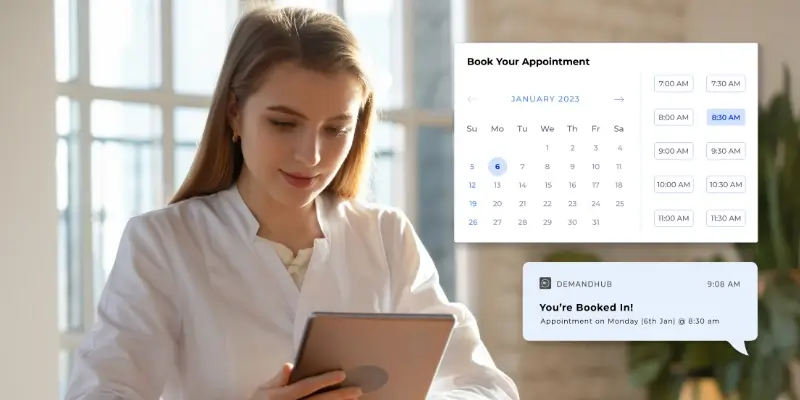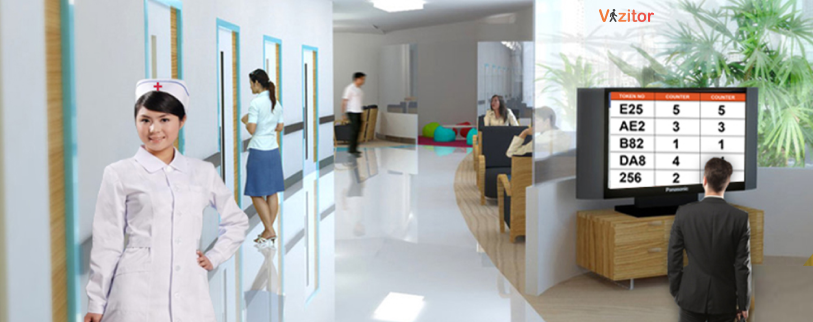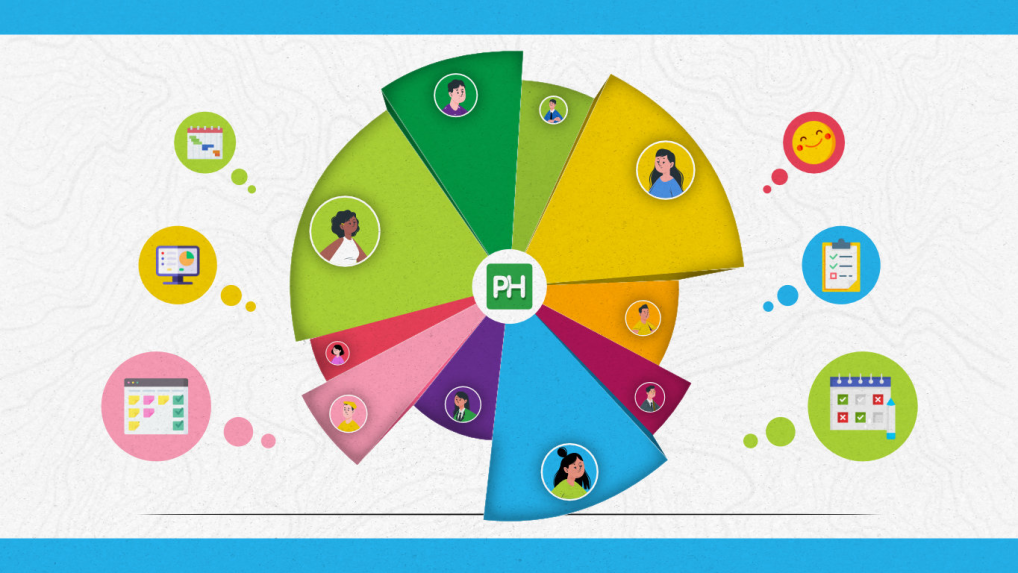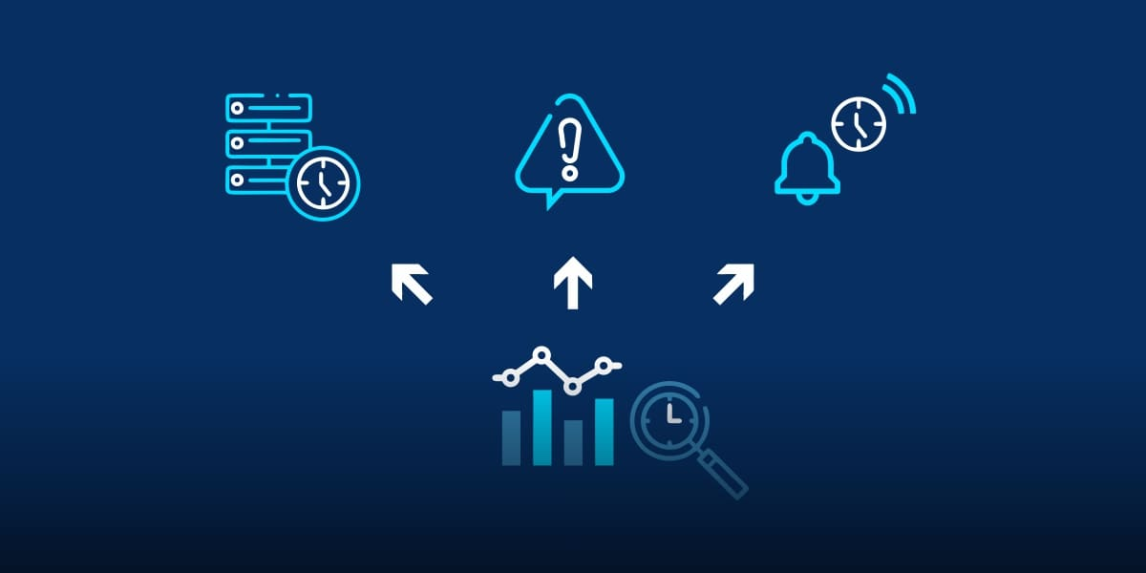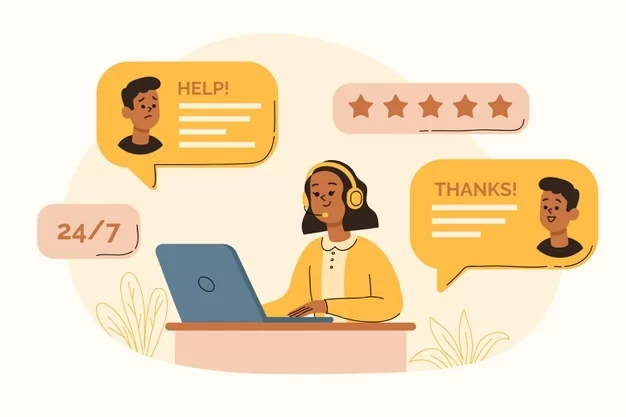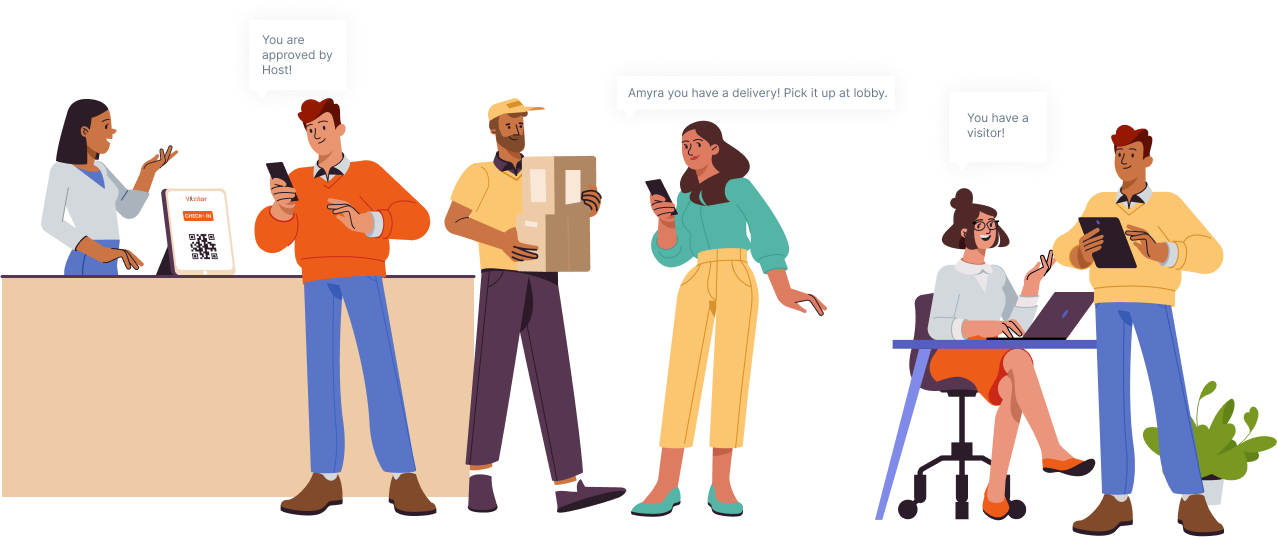Table of Content
Try Vizitor for Free!
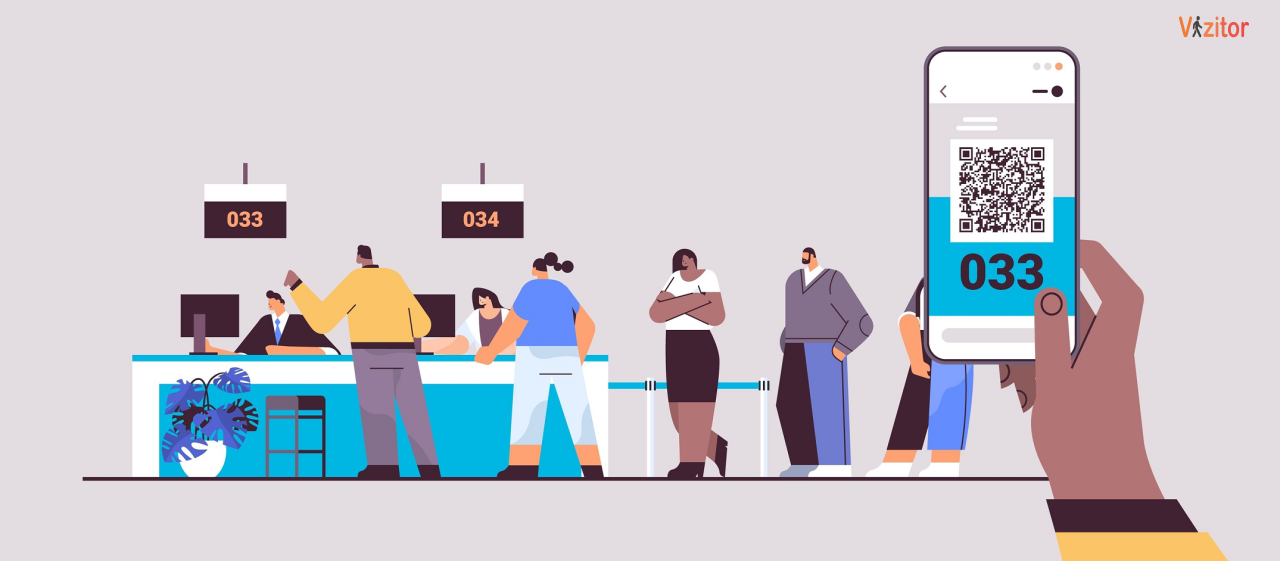
Fri, May 10, 2024
Read in 6 minutes
No one loves waiting in line. Whether it’s the frustration of line-cutters, the flimsy paper ticket clutched in hand, or the general feeling of time wasted, queues can quickly sour the customer experience. But beyond the tangible wait time, the perceived wait time plays a crucial role in customer satisfaction.
This is where strategic queue management comes in. By implementing proven techniques, you can not only reduce actual wait times but also make the wait feel shorter and more pleasant. This guide delves into practical strategies for various customer-facing environments:
This guide is your roadmap to conquering the queue. We’ll explore 12 proven strategies that leverage technology, optimize processes, and prioritize customer experience to shrink wait times, boost satisfaction, and transform your business.
1. Embrace the Power of Queue Management Systems (QMS):
Ditch the old-school rope queue and embrace the future of queueing with a QMS. These systems go beyond simple ticketing, offering features like:
1. Virtual queuing: Customers join the queue remotely via their smartphones or tablets, eliminating physical lines and allowing them to wait comfortably elsewhere.
2. Mobile queuing: Customers receive updates and notifications about their position in the queue on their mobile devices.
3. Appointment scheduling: Customers book specific time slots, reducing wait times and improving predictability.
4. Real-time data and analytics: Gain valuable insights into customer flow, wait times, and staff performance to optimize operations.
Benefits of QMS:
• Reduced wait times by up to 50%
• Increased customer satisfaction by 30%
• Improved staff efficiency and productivity
• Enhanced data-driven decision-making
• Seamless integration with existing systems
2. Pre-empt the Rush with Appointment Scheduling:
Offer customers the convenience and control of booking appointments in advance. This not only reduces walk-in queues but also allows you to:
• Prepare for each customer’s specific needs.
• Optimize staff scheduling based on anticipated demand.
• Reduce customer anxiety and improve the overall experience.
3. Empower Customers with Self-Service Kiosks:
Free up your staff and empower customers with user-friendly self-service kiosks. These versatile tools can handle various tasks, including:
• Checking in and registering.
• Placing orders and making payments.
• Accessing information and downloading documents.
• Updating personal details and preferences.
Benefits of self-service kiosks:
• Reduced wait times for complex transactions.
• Increased customer control and satisfaction.
• Improved staff efficiency and focus on higher-value tasks.
• 24/7 availability for extended service hours.
4. Optimize Staff Allocation – The Right People, Right Time:
Analyze your busy periods and strategically assign staff based on anticipated demand. This ensures you have enough help available when and where it’s needed most. Consider:
• Cross-training employees to handle multiple tasks for increased flexibility.
• Deploying mobile staff to assist customers in different areas.
• Utilizing part-time or temporary staff during peak hours.
5. Predict the Future with Data-Driven Insights:
Don’t just react to customer flow, predict it! Leverage powerful analytics tools to understand customer patterns and anticipate peak times. This allows you to:
• Proactively allocate staff and resources.
• Implement targeted marketing campaigns.
• Optimize service offerings and pricing strategies.
6. Communication is Key – Keep Everyone Informed:
Clear and timely communication is crucial during wait times. Utilize various channels to keep customers informed and engaged, such as:
1. Digital displays: Show estimated wait times, queue progress, and service updates.
2. Audio announcements: Inform customers about their position in the queue and any delays.
3. Signage: Provide clear instructions and directions to different service areas.
4. Staff interaction: Train staff to be approachable and answer customer questions promptly.
7. Streamline Processes – Eliminate Bottlenecks:
• Take a critical look at your operations and identify bottlenecks that slow down customer flow. Common culprits include:
• Repetitive paperwork and manual processes.
• Lack of clear instructions and signage.
I• nefficient layout and workflow design.
• Outdated technology and equipment.
Once identified, implement solutions to streamline processes and eliminate these bottlenecks. Remember, every second saved translates to happier customers and shorter queues.
8. Embrace Technology for Real-Time Monitoring:
Utilize real-time queue monitoring software to track customer flow throughout your business. This allows you to:
• Visualize queues in real-time across different locations and service areas.
• Identify areas with high wait times and quickly adjust staff allocation.
• Monitor individual staff performance and identify training opportunities.
• Gather valuable data for continuous improvement and strategic decision-making.
9. Make the Wait More Pleasant – Engage and Entertain:
Waiting doesn’t have to be a boring chore. Implement strategies to engage and entertain customers during their wait time, such as:
• Play soothing music or ambient sounds.
• Offer free Wi-Fi and charging stations for mobile devices.
• Provide reading materials like magazines, newspapers, or books.
• Install interactive displays or games.
• Organize promotional activities or product demonstrations.
10. Prioritize Comfort and Accessibility:
• Create a comfortable and welcoming environment for waiting customers. Consider:
• Providing adequate seating and clean restrooms.
• Ensuring proper ventilation and temperature control.
• Offering accessible options for customers with disabilities.
• Maintaining a clean and tidy waiting area.
11. Gather Feedback and Continuously Improve:
Customer feedback is invaluable for identifying areas for improvement in your queue management system. Utilize various channels to gather feedback, such as:
• Short surveys after service completion.
• Dedicated feedback boxes or online forms.
• Encouraging open communication with staff.
Analyze the feedback regularly and implement changes to address common concerns and improve the overall customer experience.
12. Go Beyond the Queue – Invest in Customer Journey Mapping:
Think beyond the queue itself and map the entire customer journey within your business. This holistic approach helps you identify touchpoints where wait times or inefficiencies exist, even outside of traditional queueing situations. By optimizing the entire customer journey, you can create a seamless and enjoyable experience from start to finish.
Choosing the Right Queue Management Software:
With so many options available, choosing the right queue management software (QMS) can be overwhelming. Consider these factors:
• The size and complexity of your business.
• Your specific needs and challenges.
• Budget and implementation considerations.
• Scalability and integration capabilities.
• User interface and customer experience.
Research different QMS providers, ask for demos, and compare features before making a decision. Remember, the ideal QMS should complement your existing operations and seamlessly integrate with your workflow.
Conclusion:
By implementing these proven strategies and investing in the right technology, you can transform your queue from a pain point to a powerful tool for customer satisfaction and business success. Remember, happy customers are loyal customers. By prioritizing their experience and making the wait more pleasant, you can build lasting relationships and drive long-term growth.







